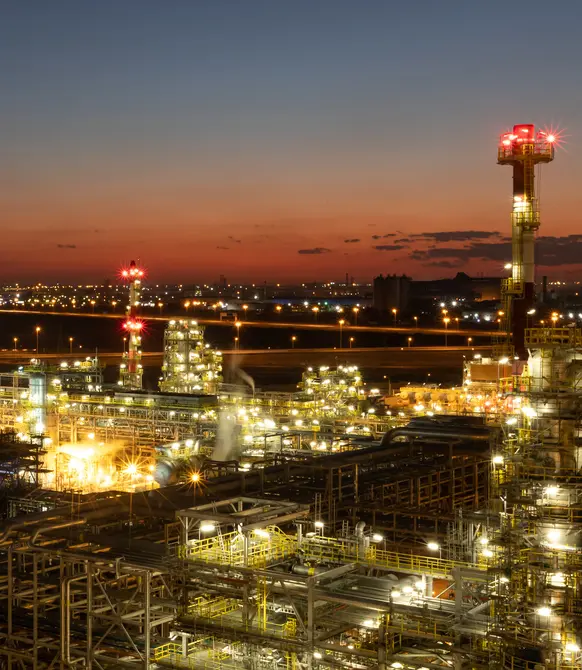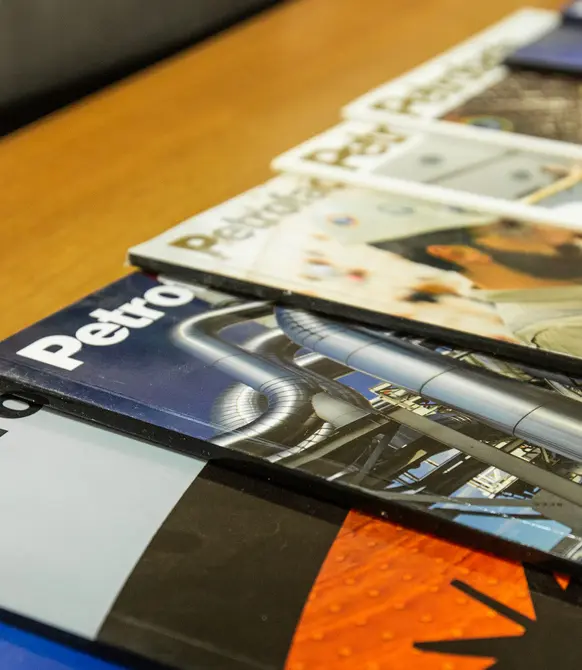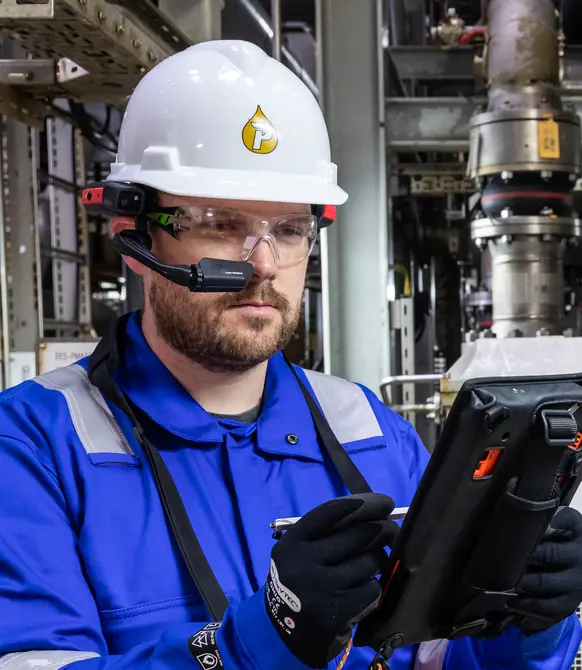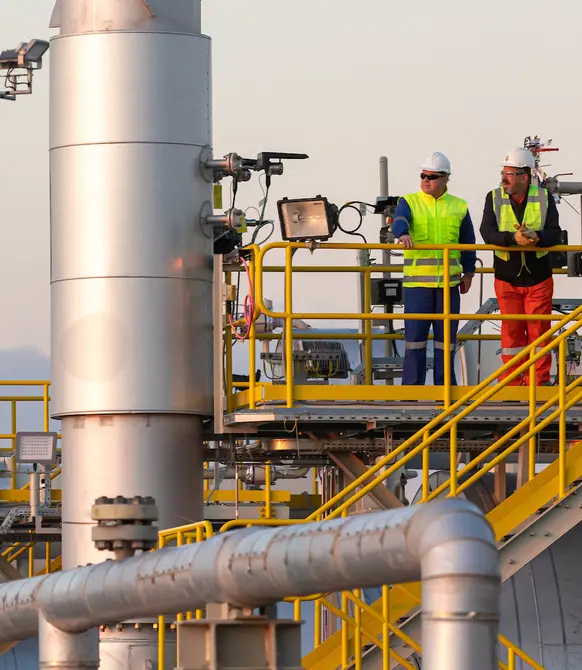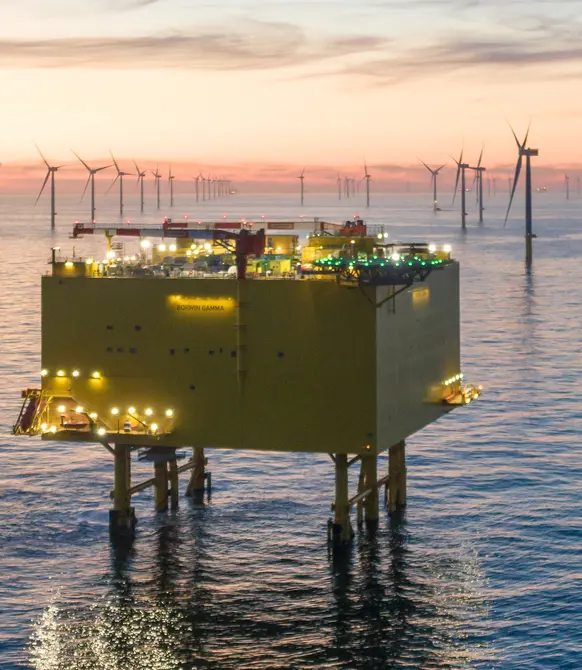DESIGN
Nimble engineering reduces total installed costs
Engineering solution for pump station campaign
On this page
Select anchor link
Engineering services
Brownfield modifications
Region
Permian Basin, USA
Highlights
Experience and flexibility deliver results
We delivered significant savings to a client in the Permian Basin by taking a flexible and collaborative approach to meet their changing project needs.
By applying our experience and knowledge that spans the full engineering spectrum, we devised a “design one, build many” engineering solution. When the downturn hit and further economies were required, our team was able to offer our client an alternative approach to keep the project on track; our ‘Plan B’.
An evolving scope
What started as a small scope to support our client’s aim of increasing production targets, evolved into a comprehensive programme to deliver a standard, optimised design that would deliver year-on-year savings.
During initial planning, we established that our client planned to install between 40 and 50 booster pump stations over the next few years meet their production targets. The first campaign alone was to install up to 17 stations.
We felt there was a better way and, in collaboration with our client, began developing a “design one, build many” standardised design.
The benefits of this approach are two-fold; optimising the mechanical and electrical and instrument designs reduces costs, whilst also ensuring robust material selection to secure future operability.
Brownfield experience shapes design
Our team drew on Petrofac’s extensive brownfield engineering experience to creatively rework every aspect of the standalone station design.
We maximised pre-fabrication and skidding where possible, to both reduce the construction team’s time on site and improve quality control. It also allowed us to significantly improve project schedules.
But before the standardised builds could begin, the downturn began to bite, and CAPEX was cut across the region. With several pump stations still needed to support the infrastructure improvements, we worked closely with our client to develop an alternative solution that would support them during the downturn.
Novel approach to unused inventory
Learning there was unused, spare equipment within our client’s inventory, from transformers and switchboards to pumps, VFDs and control panels, we started to look at ways to release this inventory and provide immediate CAPEX savings.
Drawing from our multi-discipline team of engineers and designers, we surveyed every piece of existing equipment, working alongside client and vendor personnel.
Our electrical engineering team validated the existing power distribution equipment using Electrical Transient Analyser Program (ETAP) modelling to ensure their compatibility, taking account of the local power distribution characteristics.
We wrote scopes of work and requests for quotations (RFQs) for vendors to carry out the minimum modifications, refurbishment and testing required to enable the use of more than 50 electrical and mechanical equipment items already in our client’s inventory.
By taking this creative, collaborative approach, we helped our client deliver vital infrastructure improvements, even while budgets were constrained.
Well-positioned for the future
By progressing Plan B our client has reduced spending in a very tough market but has continued to improve its infrastructure and will be better positioned to benefit from an improved market in 2021 and beyond.
New CAPEX for this first campaign will be reduced by over US$1.5 million, a saving of more than 10% of the total installed cost.
In addition, our client still has the standardised equipment packages which were created at the start of this project. These will allow them to utilise the standardised approach in future, guaranteeing a reliable, cost-effective design package and streamlined delivery when the CAPEX restrictions begin to lift.


